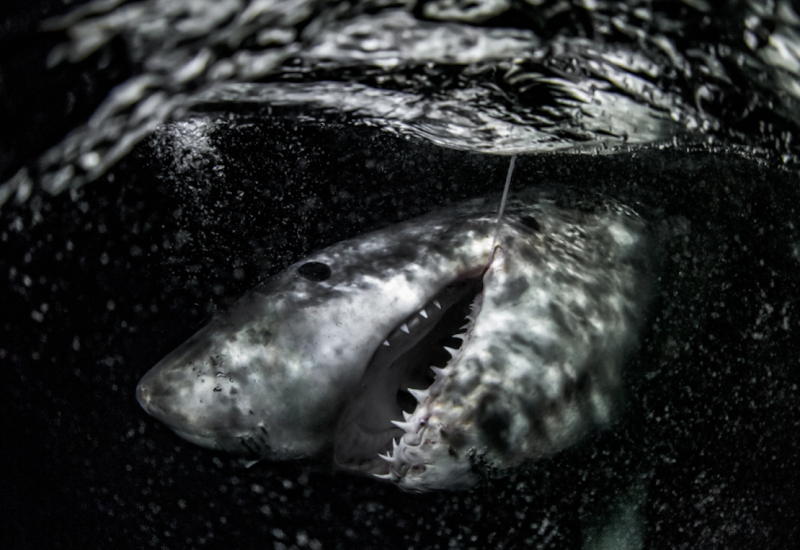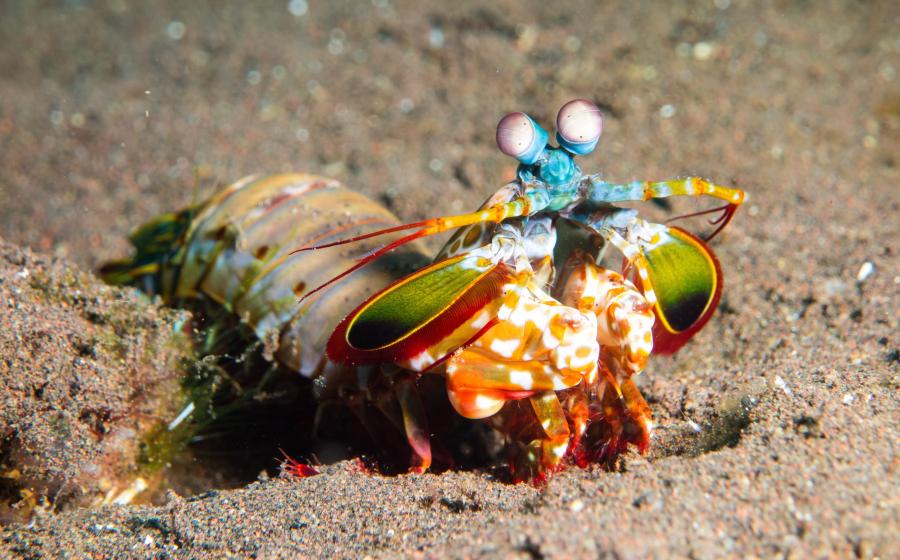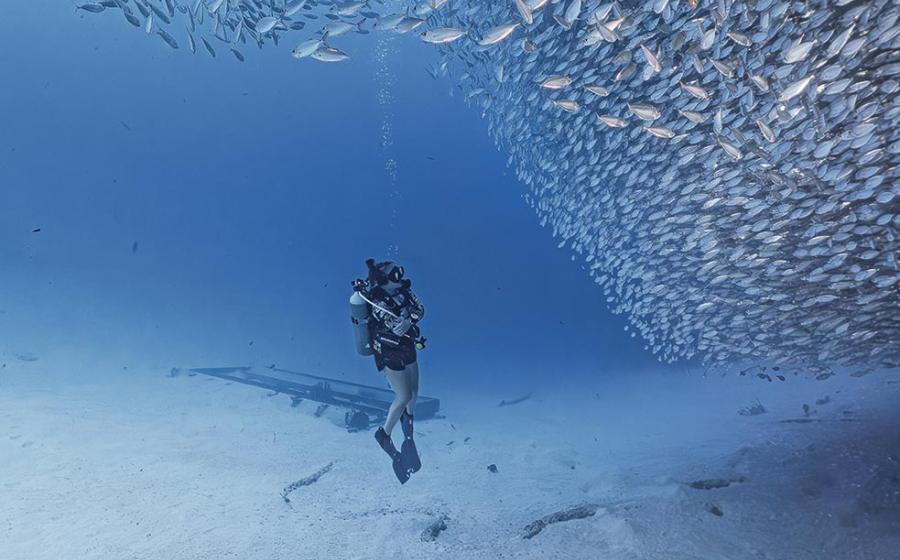12 Facts You Didn't Know about the Tunicate

Emily S. DamstraThe tunicate
1 ) Tunicates are also commonly known as ascidians or sea squirts because, when removed from the water, they contract and expel water that was circulating in the body. Pelagic tunicates are known as salps.
2 ) A tiny amphipod crustacean was discovered living inside Herdmania tunicates in Raja Ampat, Indonesia. It was named Leucothoe eltoni after Sir Elton John in 2015, as the lead scientist was a fan of John’s music.
Related Reading: Why You Shouldn’t Feed Lionfish to Sharks

DPA Picture Alliance/AlamyThe Herdmania tunicates in Raja Ampat, Indonesia, were named Leucothoe eltoni after Sir Elton John.
3 ) The tunicate may be a lifesaver. Several anti-tumor compounds have been found in the tissues of tunicates. One of these was the first marine-derived compound to enter phase I and II clinical trials.
4 ) Life in the open ocean is doable thanks to the pelagic salp’s efficient filter feeding. Because of this it can reproduce more quickly and its population can reach much higher densities than other gelatinous plank tonic herbivores.
5 ) Several invasive tunicates have become established in United States seaways, where they have huge ecological and economic impacts after coating rocks, oyster shells and just about anything in sight.
6 ) Tunicates have two main openings. They suck in seawater through an inhalant siphon, filtering out food particles and oxygen using the branchial basket, before expelling the water through the exhalant siphon.
Related Reading: 14 Facts You Didn't Know About the Frogfish

iStockTunicates have two main openings.
7 ) Larval tunicates look much more like a backboned animal than adults. Their larvae are tadpole-like and have a notochord, which is believed to be the earliest form of the vertebra.
8 ) Tunicates get their name from the firm but flexible body covering known as a tunic.
9 ) A predatory tunicate found in depths of 12,000 feet off Monterey, California, has special lips that can catch swimming prey.
10 ) Several tunicates are edible and can be eaten raw, cooked, dried or pickled. In Chile, the local edible tunicate is known as piure.
11 ) One group of tunicates called pyrosomes comprises a free-floating colony of tunicates that form the shape of a huge sock and can reach 60 feet in length.
12 ) Sea sapphires are common and beautiful pelagic copepod crustaceans that resemble iridescent fish scales. Females reside within salps, an adaptation that is believed to account for their much greater survivability than solitary copepods.
Follow Richard Smith’s under water adventures at oceanrealmimages.com










